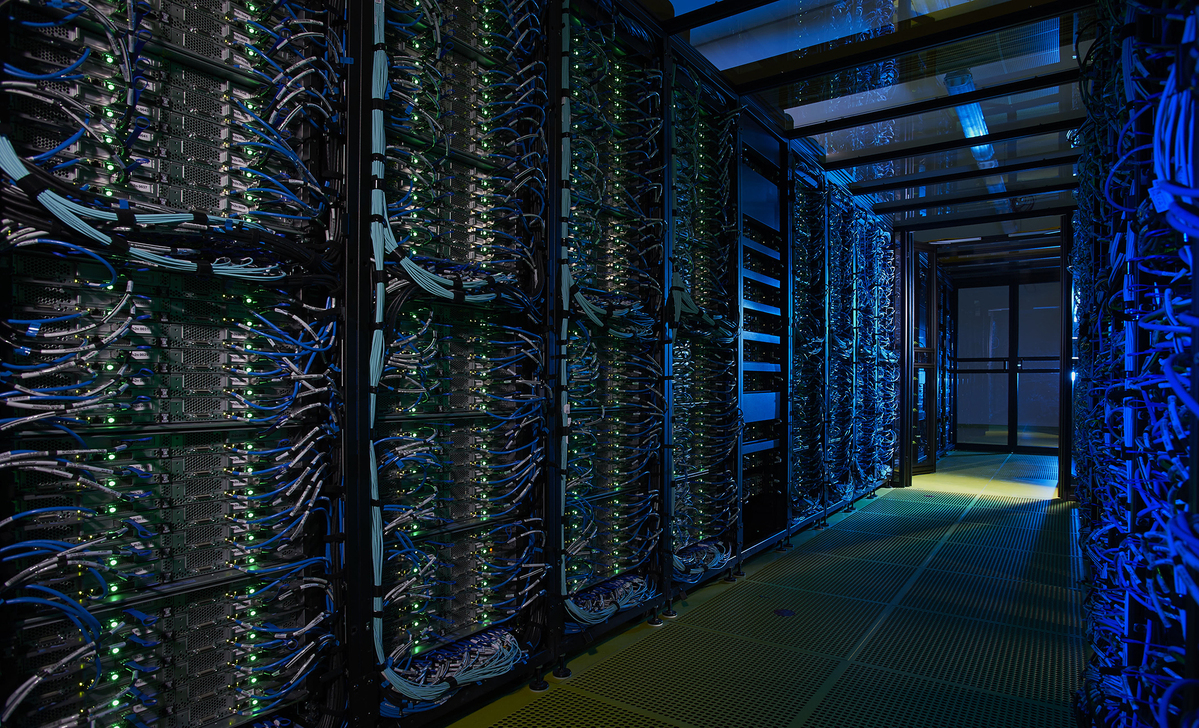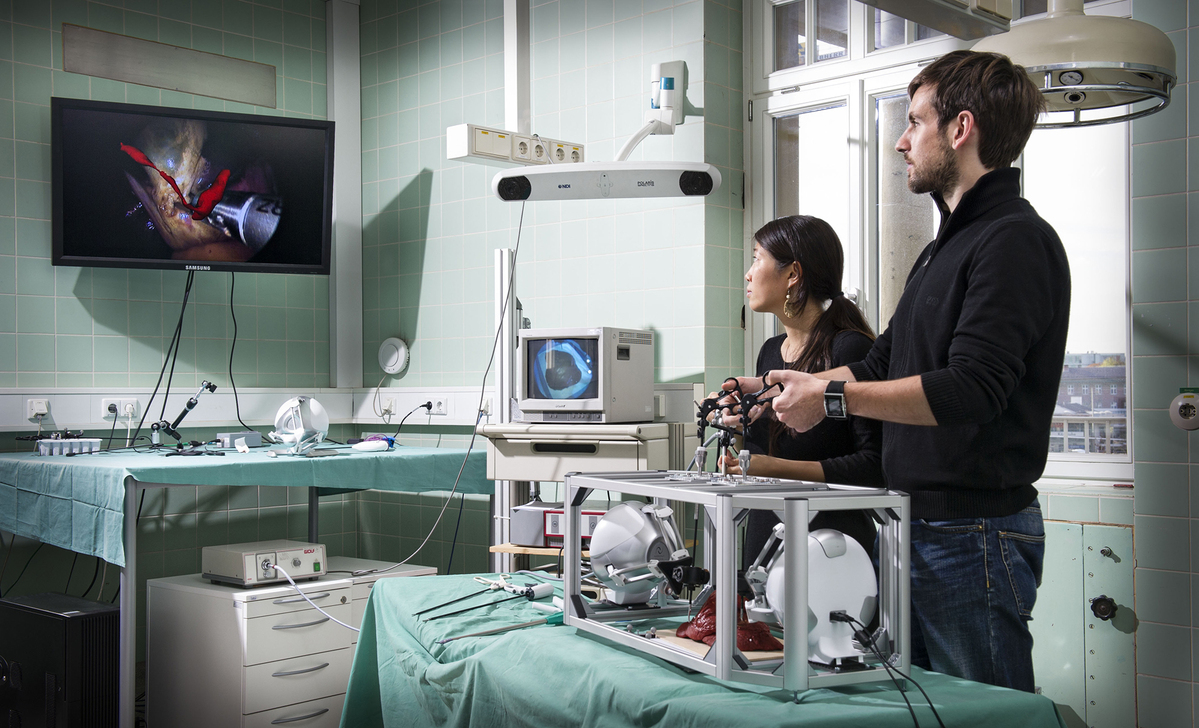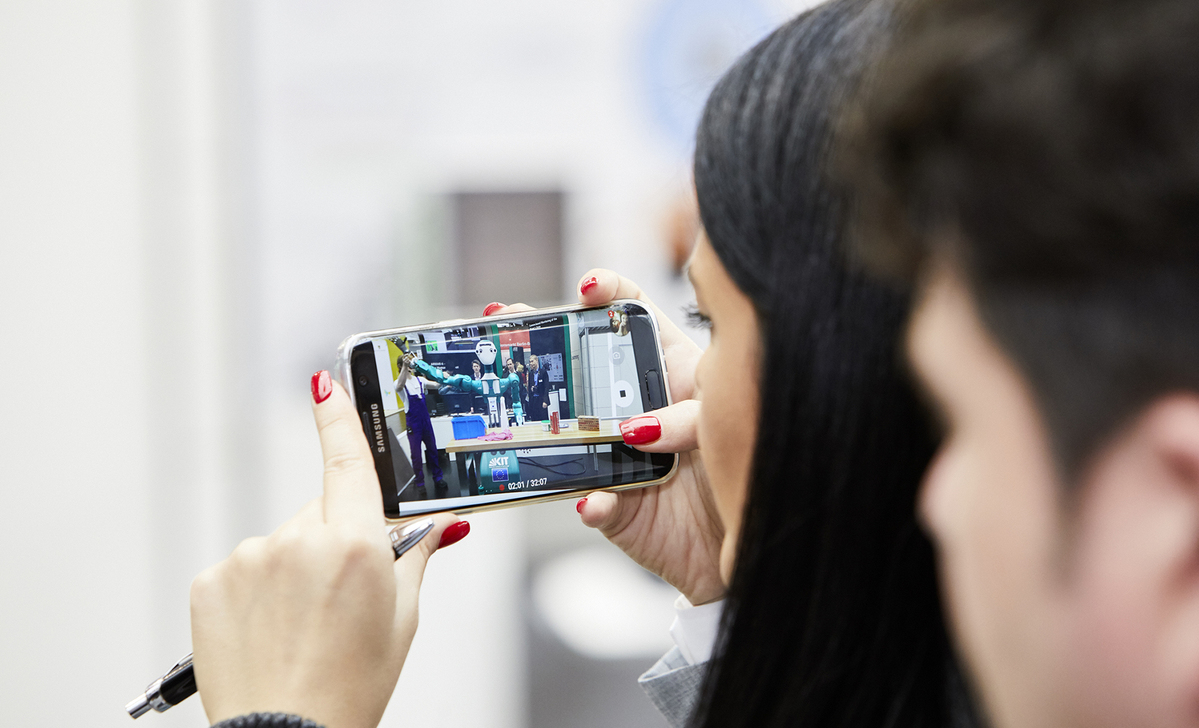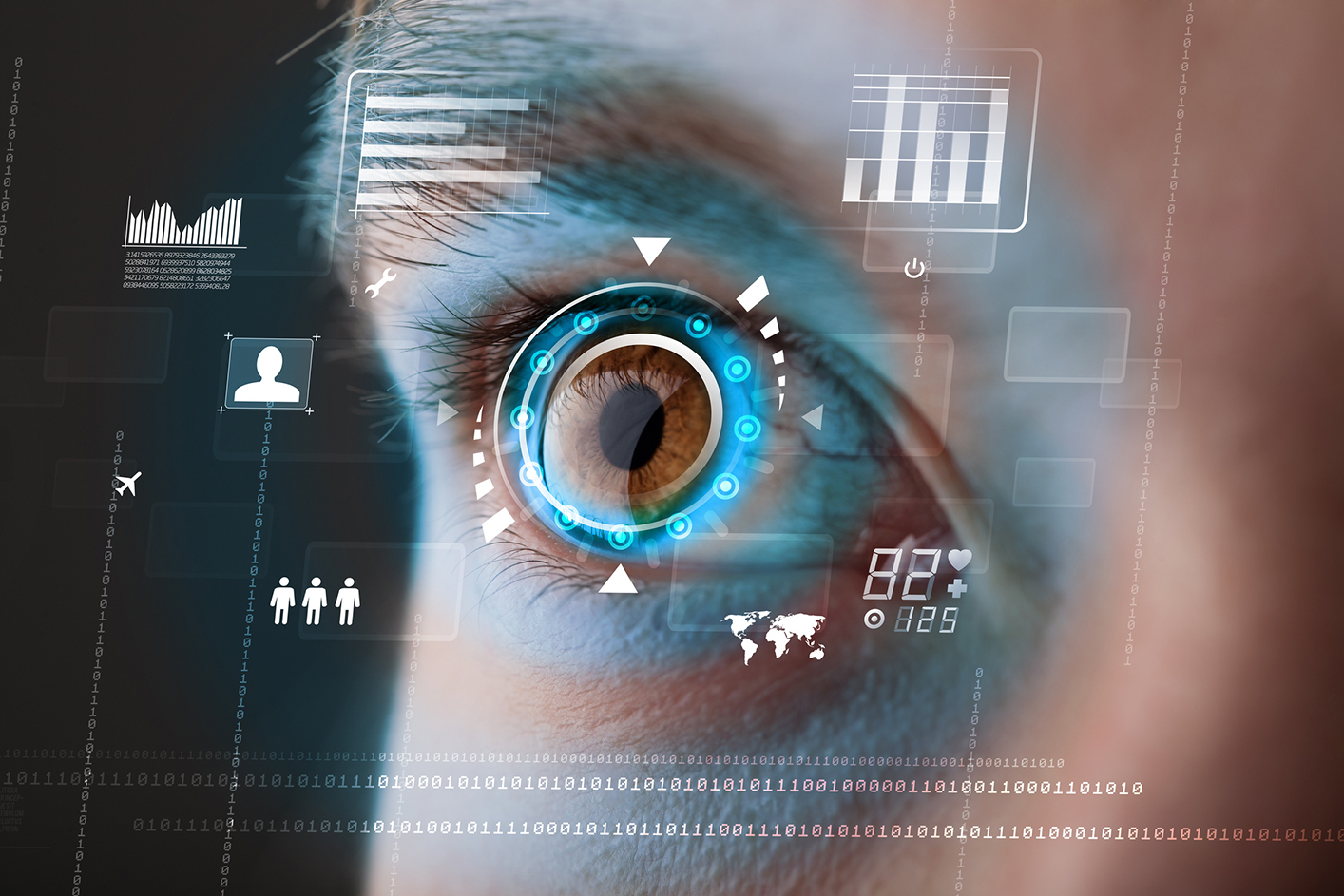Information
Information is the fuel of our modern society. Secure and profitable use of information is indispensable for the existence and further development of our communities in the era of digitalization. At KIT, about 800 researchers of about 30 institutes conduct interdisciplinary research into the corresponding technical systems.
Specialists in different areas, such as informatics, economics, electrical engineering and information technology, mechanical engineering, and social sciences, jointly work on pressing issues like cyber security or management and analysis of big data. They develop trend-setting humanoid robots that react to human language and gestures and smart machines for tomorrow’s industry and work in hostile environments, such as the deep sea or remote planets. They test revolutionary communication networks for autonomous driving.
Research Focus
Engineering Trustworthy and Embodied AI Systems
![]()
The Research Focus Engineering Trustworthy and Embodied AI Systems explores two interrelated lines of inquiry:
developing adaptive embodied AI systems that continuously learn from interactions with the physical world and reflect on the consequences of their actions;
creating novel methods to ensure the trustworthiness of software and hardware systems.
Key areas of investigation include the deeper integration of AI with physical embodiment, the establishment of multi-model consistency frameworks, and the advancement of validation and verification techniques. The overarching goal is to bridge the gap between the powerful capabilities of AI and the stringent trustworthiness requirements in critical application domains, ultimately enabling the design of AI architectures with measurable trustworthiness metrics.
Research highlights span AI-assisted traffic control, human-centered robotics, and human-computer interaction, as explored in our Real-World Labs ‘Baden-Württemberg Test Area Autonomous Driving (TAF BW)’ and ‘Robotic AI’. Another key initiative is the CRC on ‘Consistency in the View-Based Development of Cyber-Physical Systems’.
Parrying Cyber Attacks
Transmission of news, transportation, industrial production, research, administration – modern information and communication technologies are needed in all areas. Advancing interconnection to respond to digital trends, such as future power grids, Industry 4.0, smart homes, or self-driving cars, increases the number of potential targets for cyber criminals. At the same time, the number of cyber attacks is increasing continuously. Such attacks on digital infrastructure by criminals or state organizations threaten prosperity and security of our societies. In the end, even freedom and democracy are in danger. Scientists of the KASTEL Competence Center for IT Security of KIT are working on parrying such cyber attacks that are extremely dangerous to highly developed countries.
Robot Helpers at the Household and Workplace
KIT is the home to humanoid robots of the ARMAR family that are designed to support humans at the future household and workplace: While conventional industrial robots act behind barriers, ARMAR-6 directly cooperates with humans. It is not restricted to a certain activity, but capable of learning the use of new tools by observing humans and it can assist human colleagues with a hammer or drilling machine. ARMAR-6 does not only work with a few pre-programmed working tools. Thanks to its artificial intelligence, the robot helper continuously improves its capabilities through observation, language instructions, or own experience. It is a real assistant that recognizes when a human needs help and offers it proactively. ARMAR-3 is designed for helping in the kitchen. It gets the milk from the fridge, prepares dough, and cleans the worktop afterwards.
Robot Teams Exploring Remote Worlds
High-performance teams can manage challenges and reach goals that cannot be reached by individuals in spite of outstanding capabilities. KIT researchers plan to interconnect autonomous machines such that they can be used for executing difficult tasks in the deep sea or on Mars. Robot teams of flying or swimming drones and transportation, loading, or working units are assembled and adjusted such that they can set up equipment or take samples in hostile environments like Mars or the sea floor. Results of the ARCHES research project are incorporated in autonomous driving, logistics, and transportation.
Overcoming Language Barriers with Artificial Intelligence
Translation services are needed for international exchange in business or politics. Researchers of KIT’s Interactive Systems Lab develop self-learning systems for automatic language recognition and interpretation. Automatic language recognition allows for real-time transcription. An automatic lecture translator in the lecture halls of KIT helps international students understand German lectures.
Data-intensive Computing: Programs Grow with Their Tasks
Digital revolution has fundamentally changed science, engineering, and everyday life. Computer applications process increasing data volumes with ever more complex algorithms. However, scalability of programs, i.e. their capability of growing with their tasks, is about to reach its limits. Capacities of processors are limited. To solve bigger problems, many processors have to be used simultaneously.
Research has neglected parallel algorithms for a long time. Software is optimized for existing systems and datasets, but cannot yet be scaled to data volumes and numbers of processors that will grow in future. This is the point of departure of the “ScAlBox – Engineering Scalable Algorithms for the Basic Toolbox” project. Researchers work on algorithms and software components that can be scaled to any datasets and millions of parallel processors to carry out tasks like searching, sorting, administration of queues, load distribution to parallel processors, and communication between processes.
Artificial Intelligence and Data Science in Medical Research
Research, diagnosis, and treatment of diseases produce very large data volumes. Scouring this data flood systematically may give rise to new knowledge needed for the diagnosis and therapy of diseases, such as cancer. Young researchers working at the interface of health research, life, and data sciences are trained jointly by Karlsruhe Institute of Technology (KIT), the German Cancer Research Center (DKFZ), and Heidelberg University.
At the Helmholtz Information & Data Science School for Health (HIDSS4Health), early-stage researchers are qualified for work on the big data arising in the healthcare sector. Based on the evaluation of big data, the young researchers learn to develop new methods for diagnosis and therapy. Machine learning and other data-driven methods can help interpret images produced by computer tomography or magnetic resonance imaging. These are tasks for which physicians need a lot of experience. Data science methods and technologies can also be applied in personalized radiation therapy. Computer-based methods, such as simulators or robot-assisted surgery trainers, are used in training of physicians.
Quicker Mobile Phone Network Thanks to 6G Technologies
Future wireless data networks will have to reach higher transmission rates and shorter delay times, while the number of end devices will increase. The latest 5G mobile radio standard is still being deployed, but researchers are already working on technologies for the next generation of wireless data transmission. 6G is to reach far increased transmission rates, shorter delay times, an increased device density, and integration of artificial intelligence. Future wireless networks will consist of a large number of small mobile radio cells, within which big data volumes will be transmitted quickly and efficiently. To connect these cells, lines transmitting dozens or even hundreds of gigabits per second in a single channel are needed. Frequencies in the terahertz range that is located between microwaves and infrared radiation in the electromagnetic spectrum appear to be highly suited for this purpose.
Another task will be to seamlessly connect wireless transmission lines to glass fiber networks in order to combine the advantages of both technologies, high capacity and reliability as well as mobility and flexibility. Researchers of KIT and the Fraunhofer Institute for Applied Solid State Physics IAF, Freiburg, use ultrarapid electro-optical modulators to directly convert a terahertz data signal into an optical signal and directly couple the receiver antenna to a glass fiber. This concept will drastically reduce technical complexity of future mobile radio base stations and enable terahertz connections with enormously high data rates. Several hundred gigabits per second are feasible.




